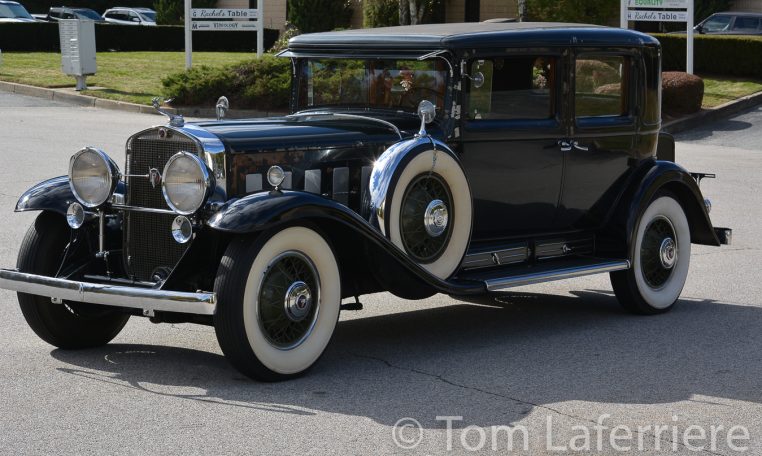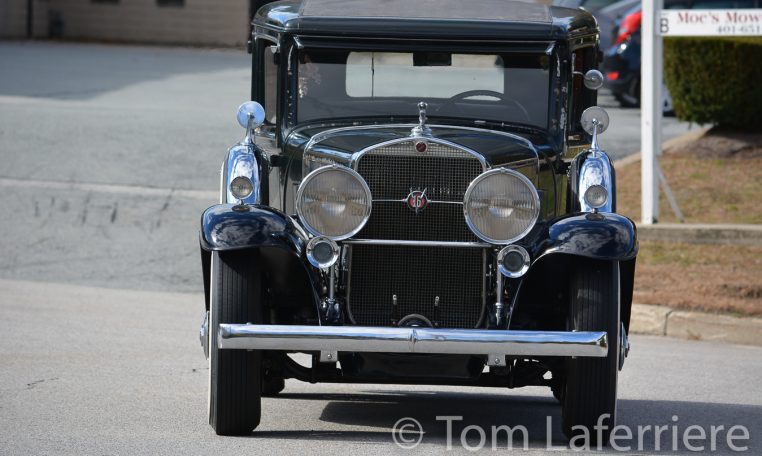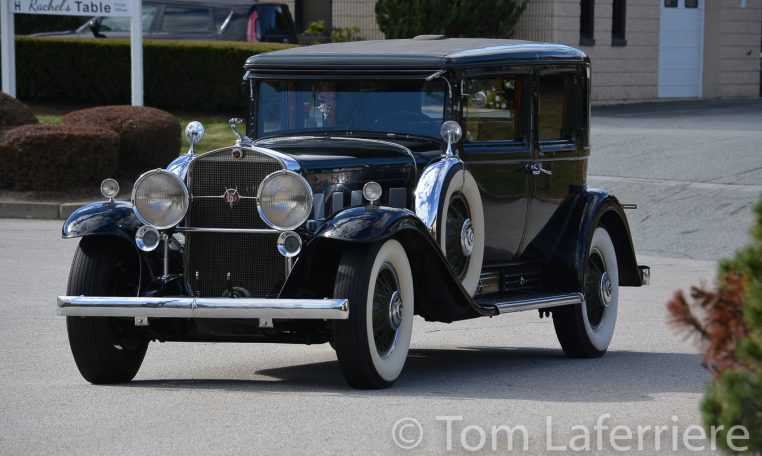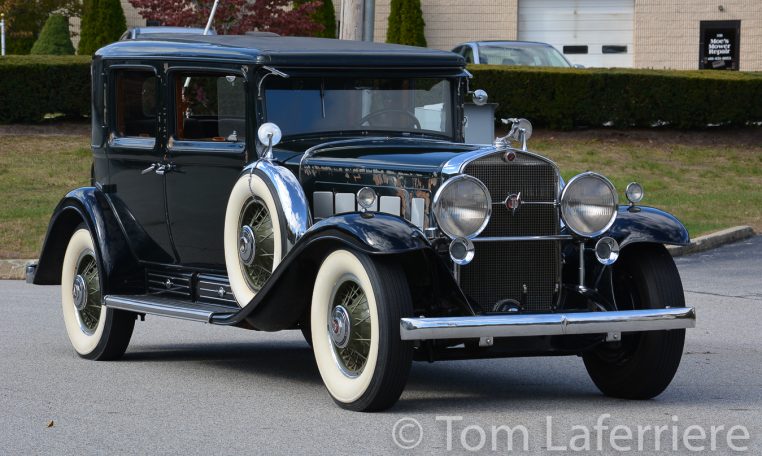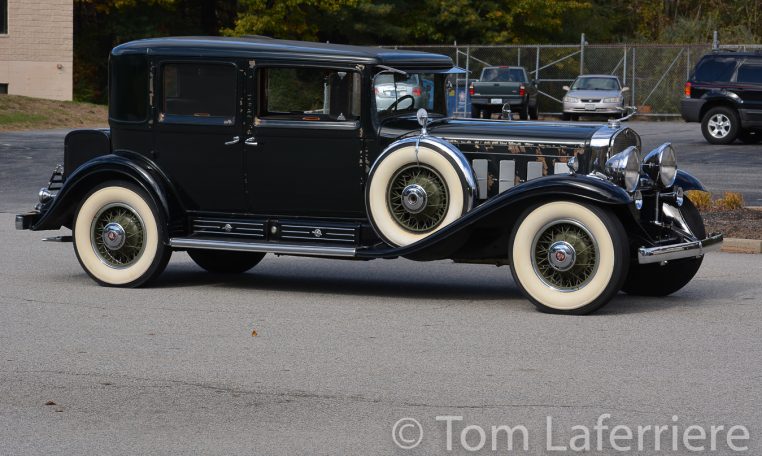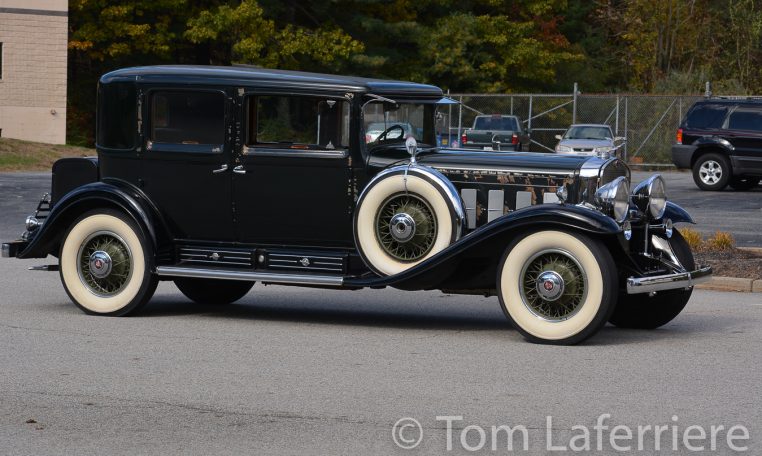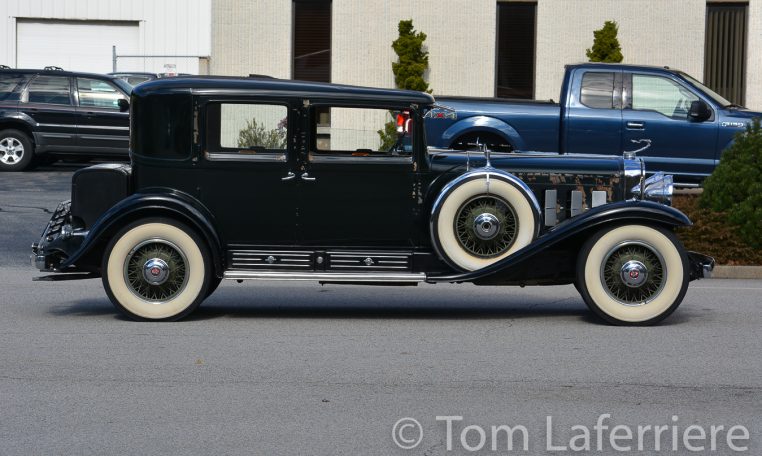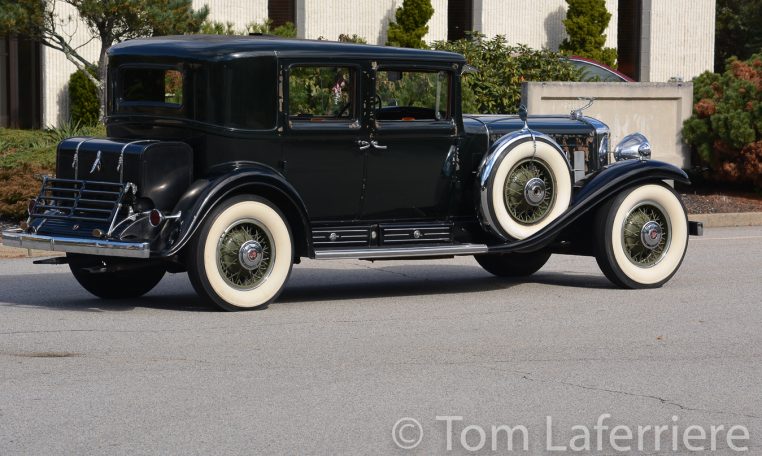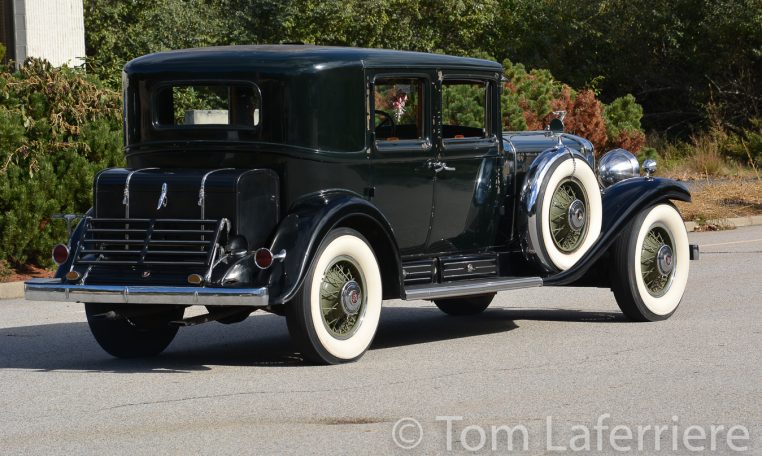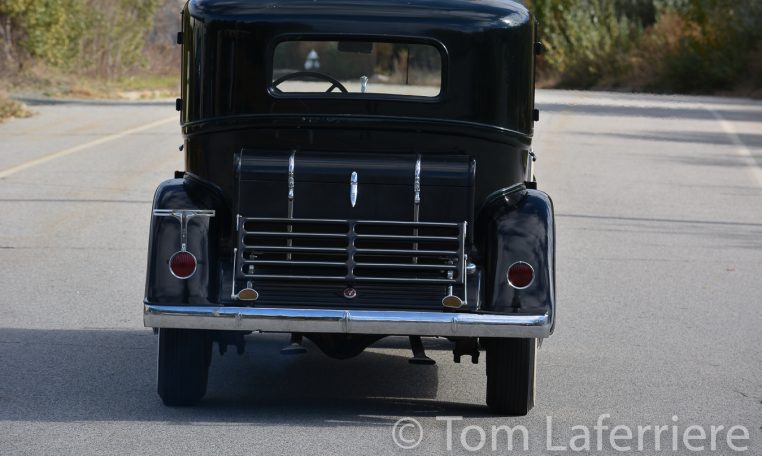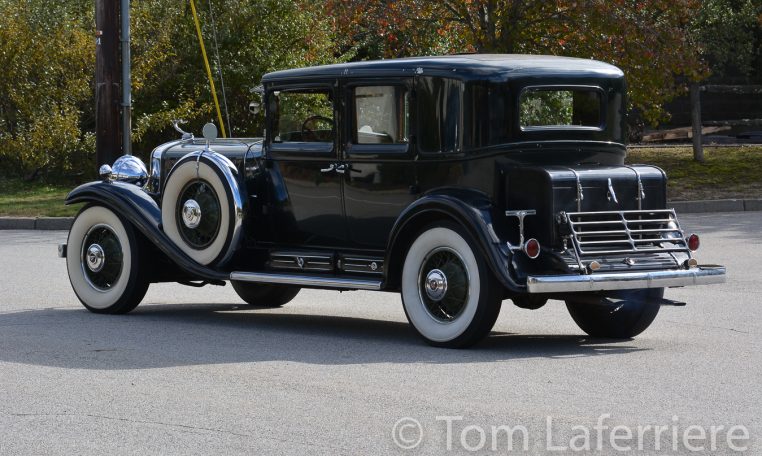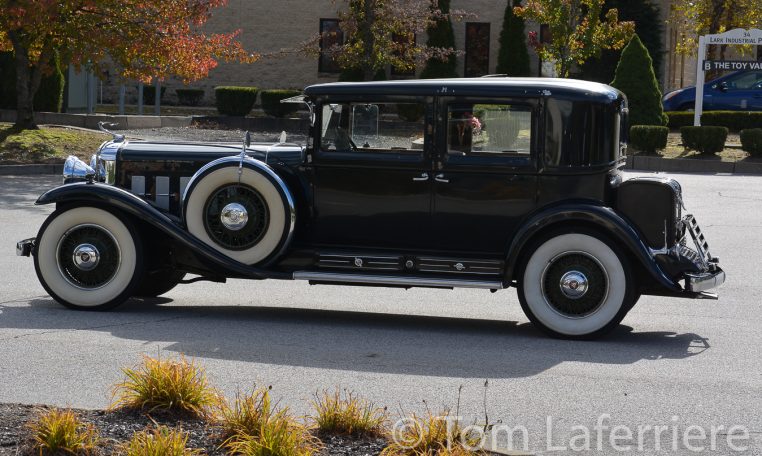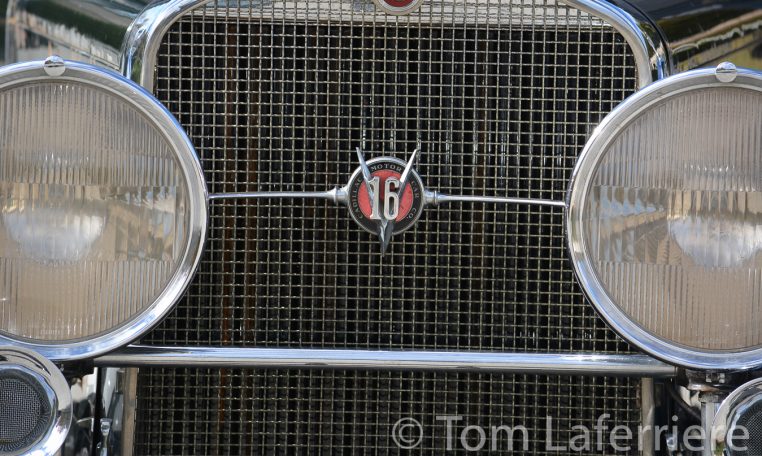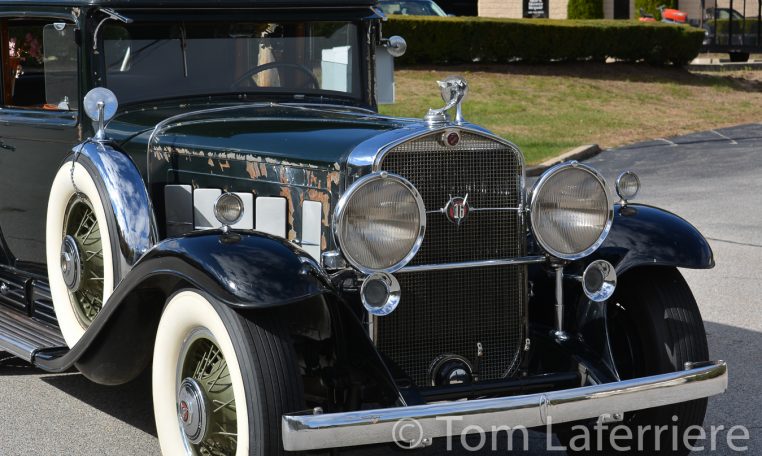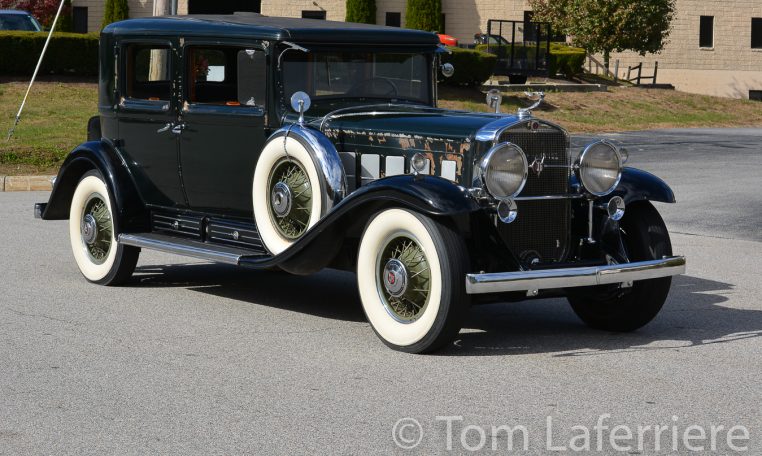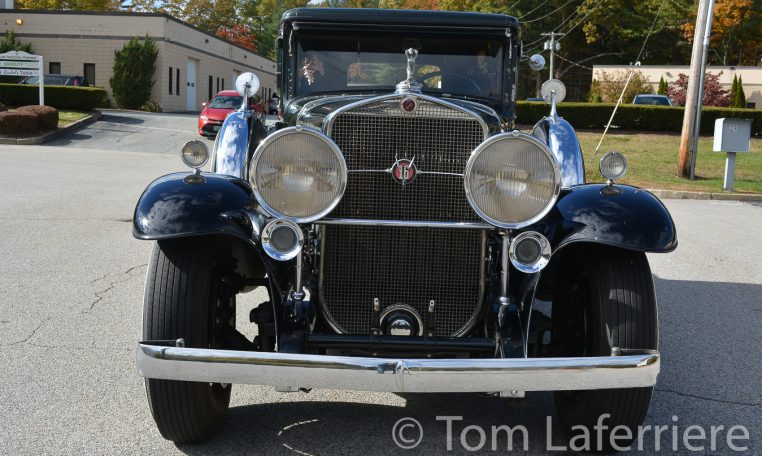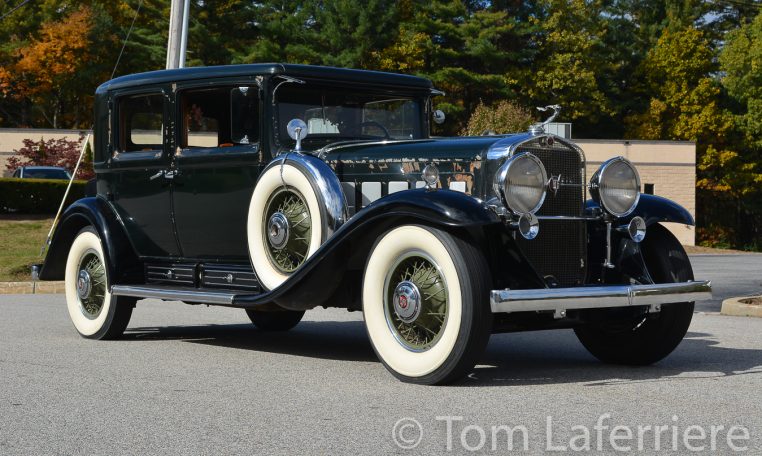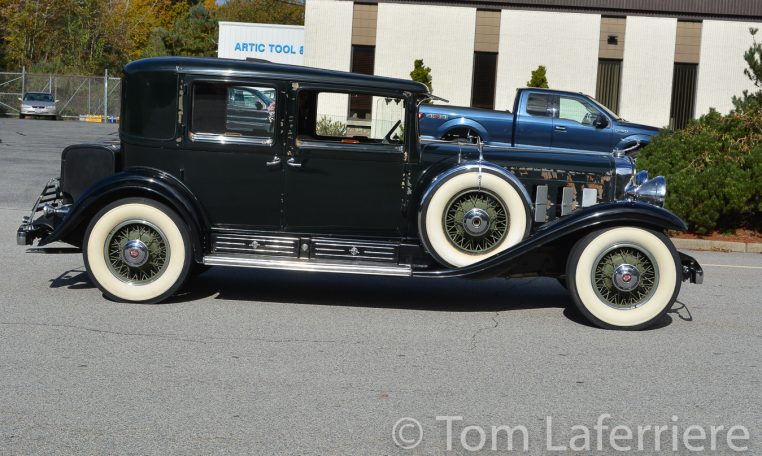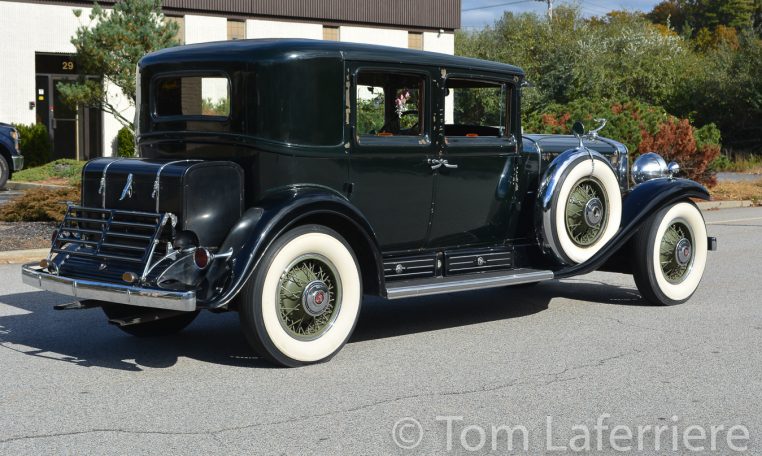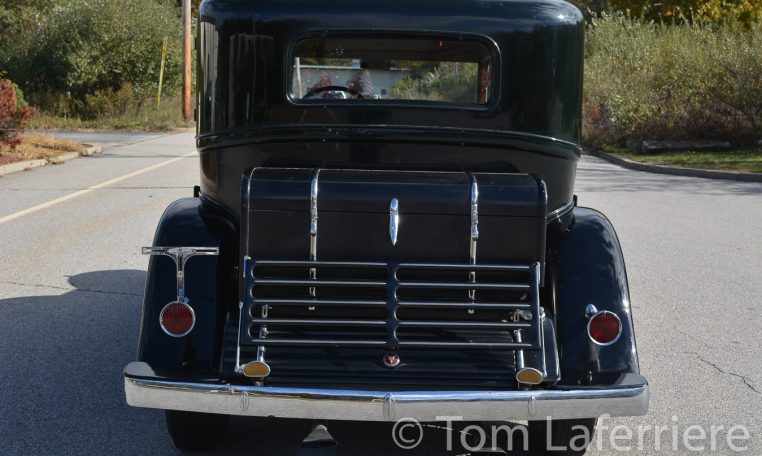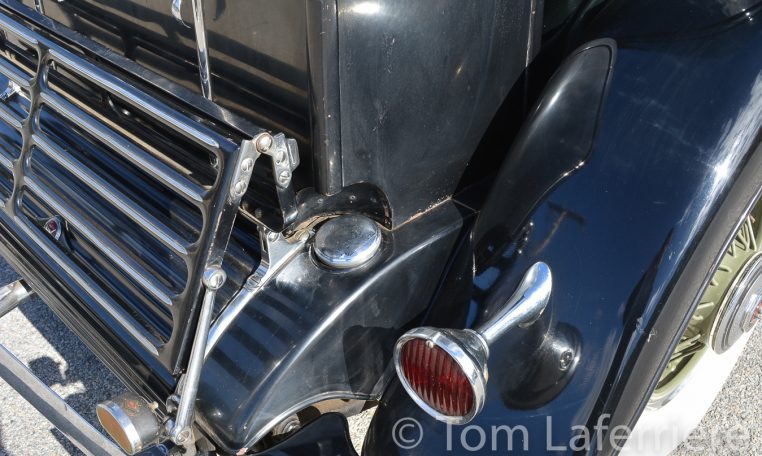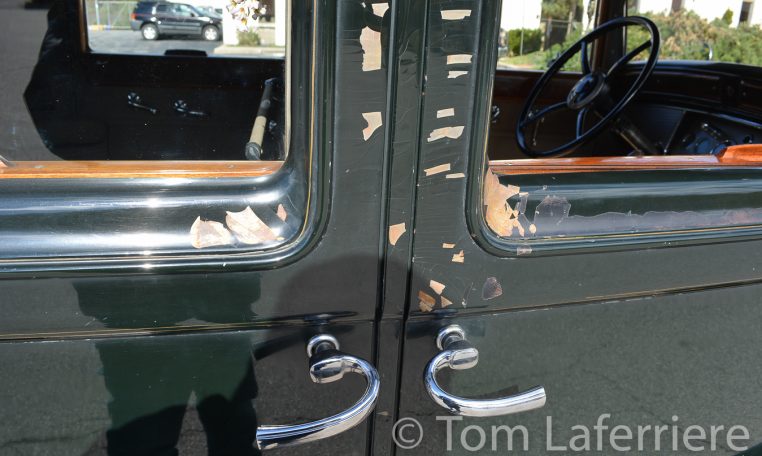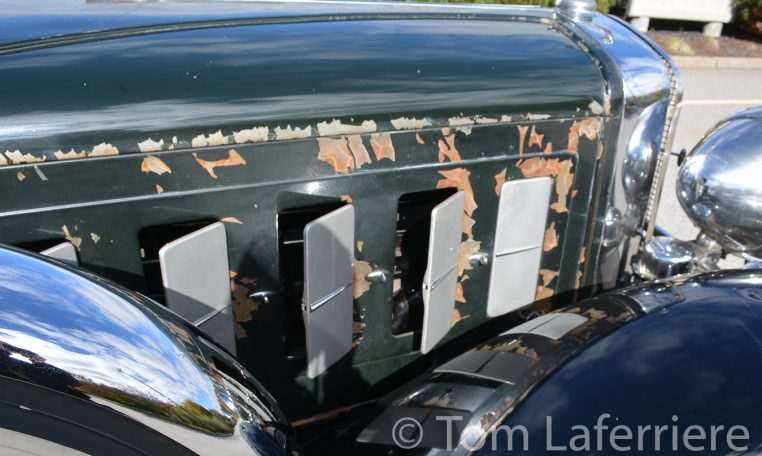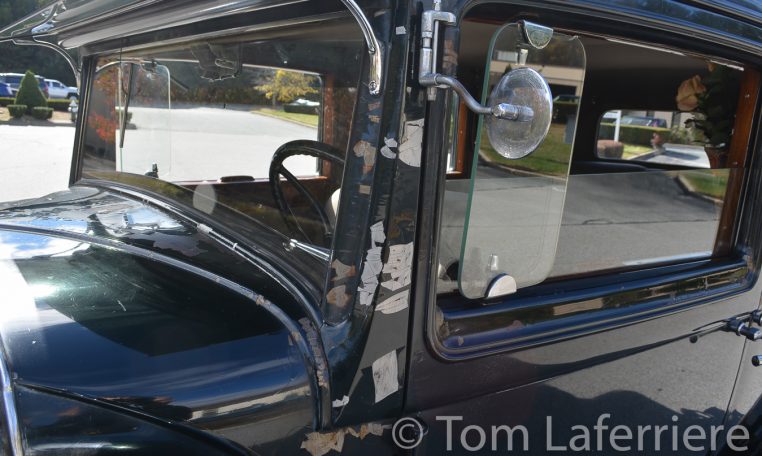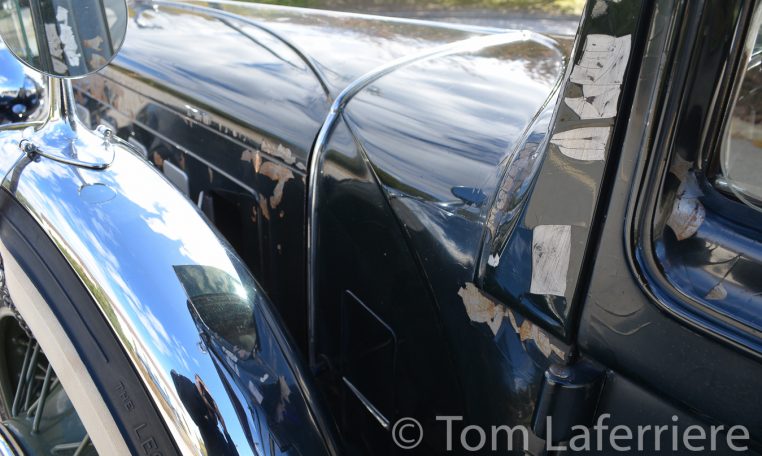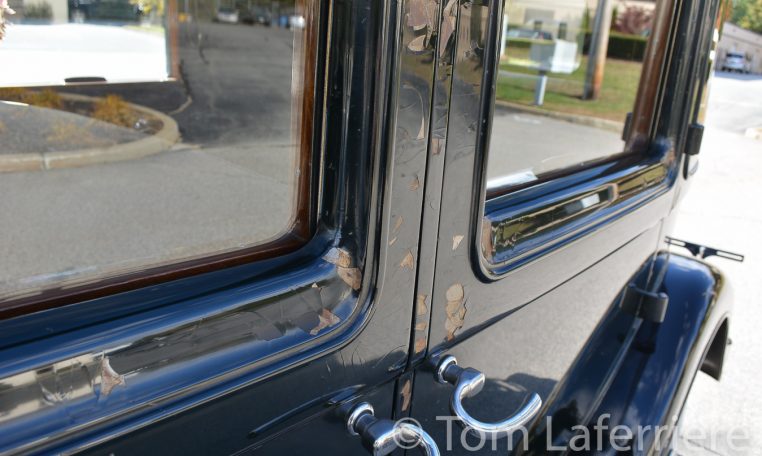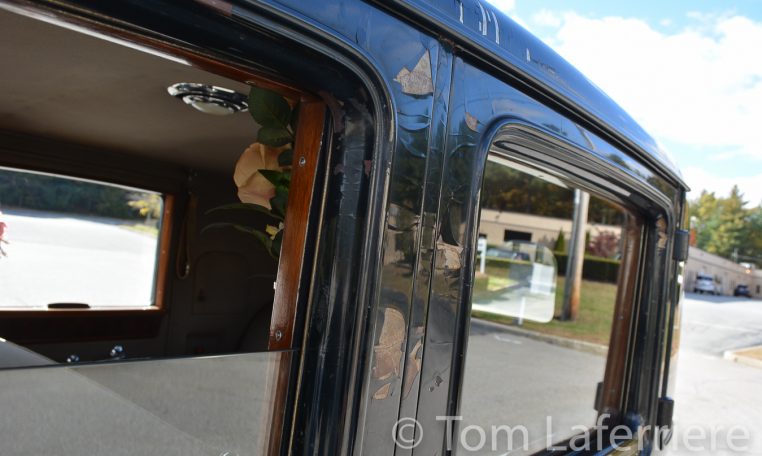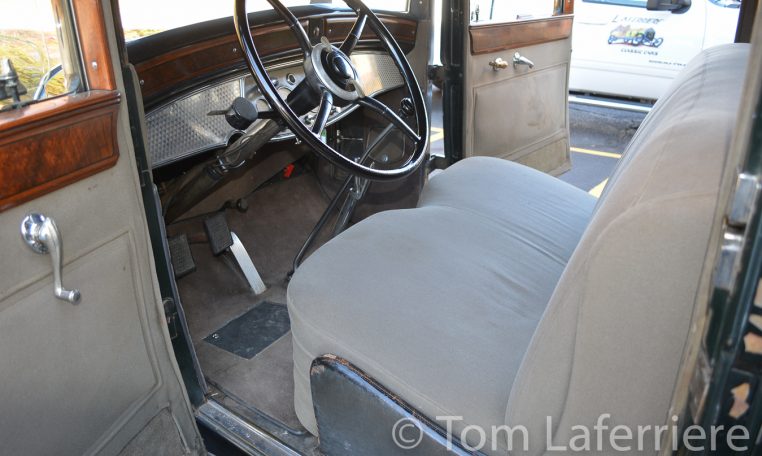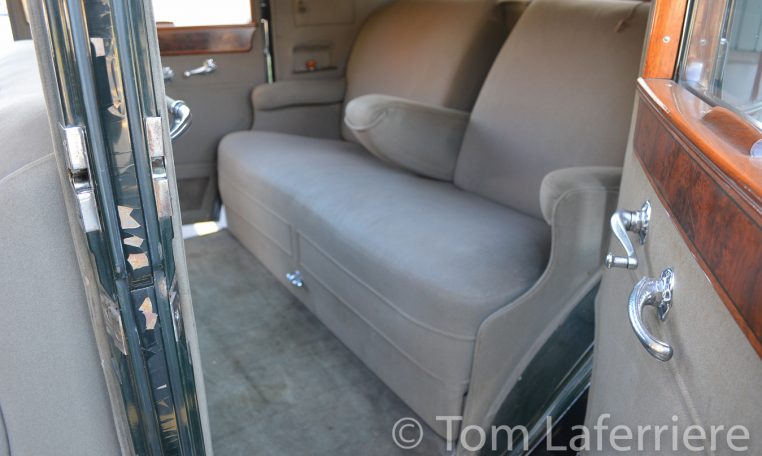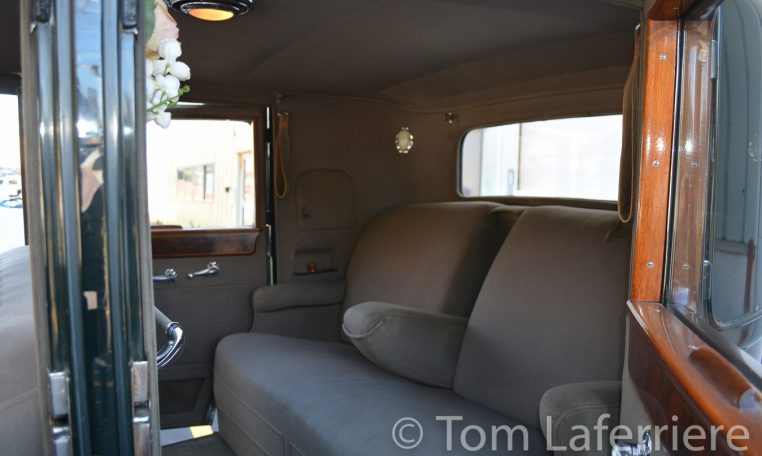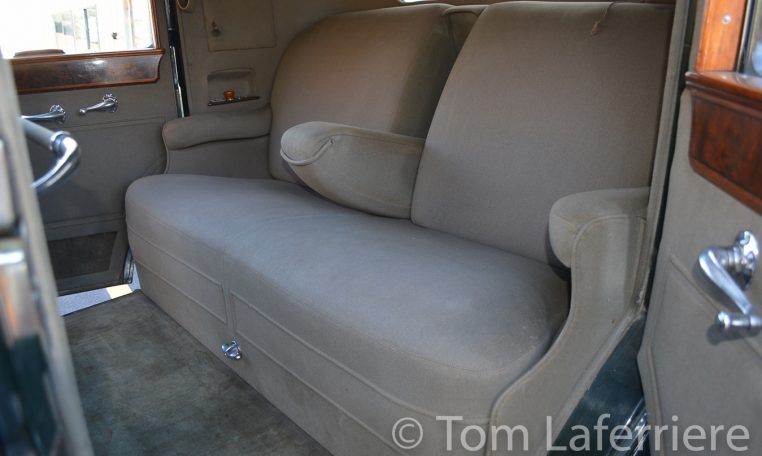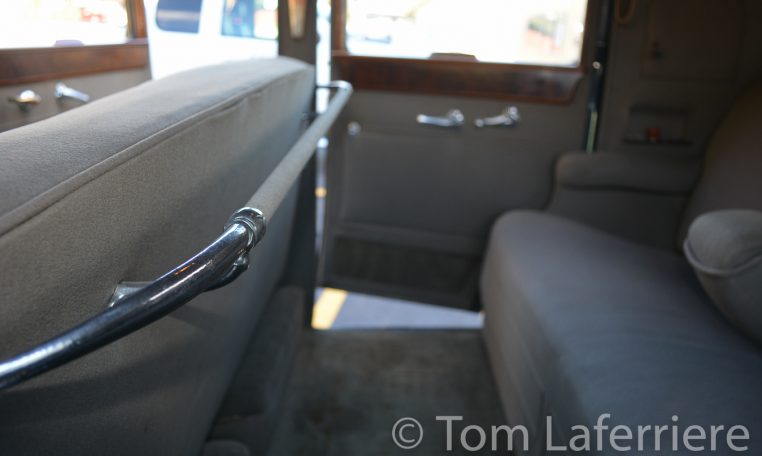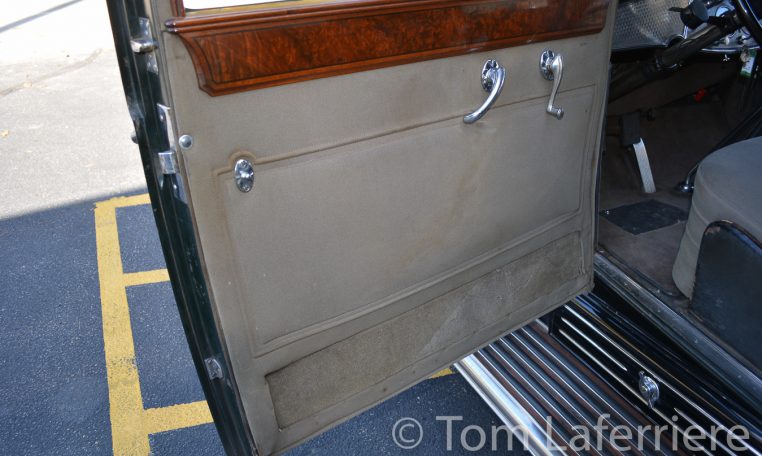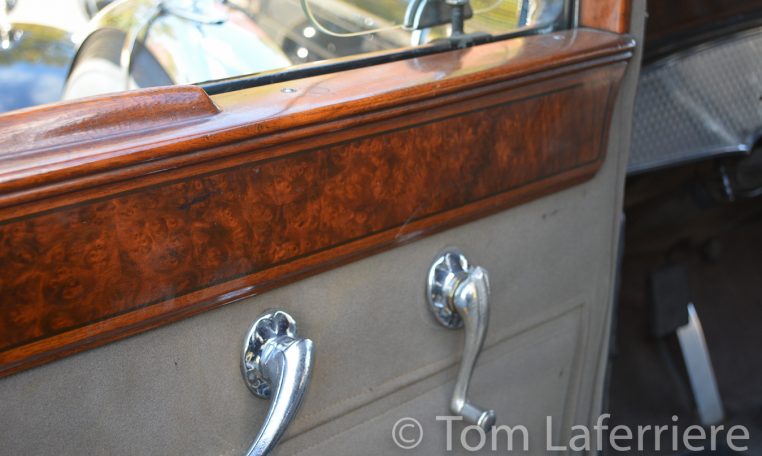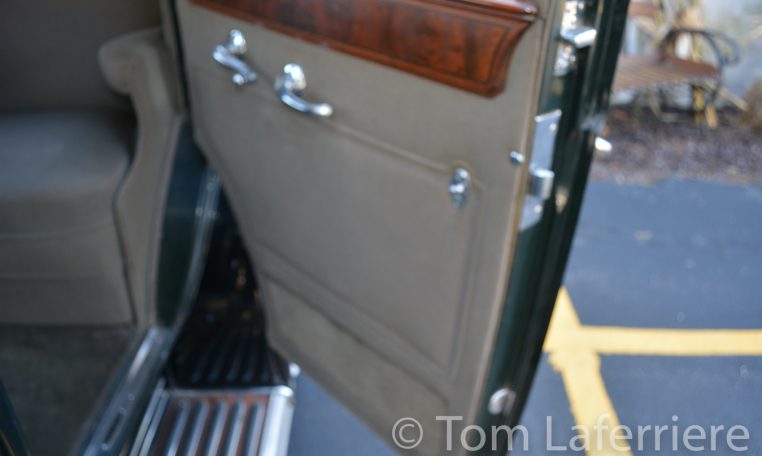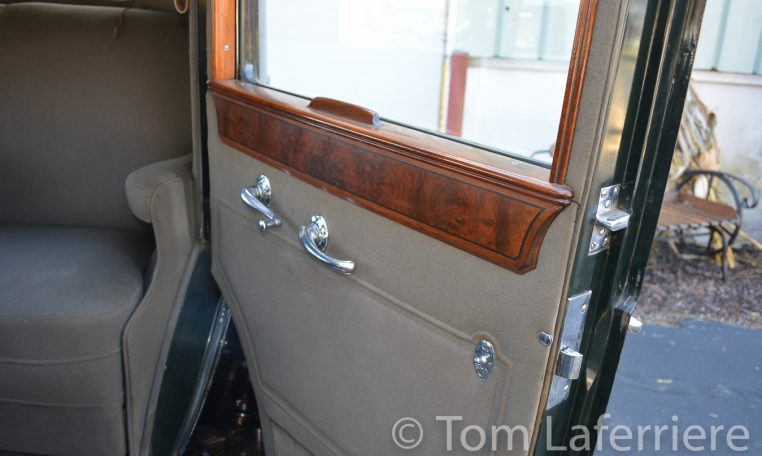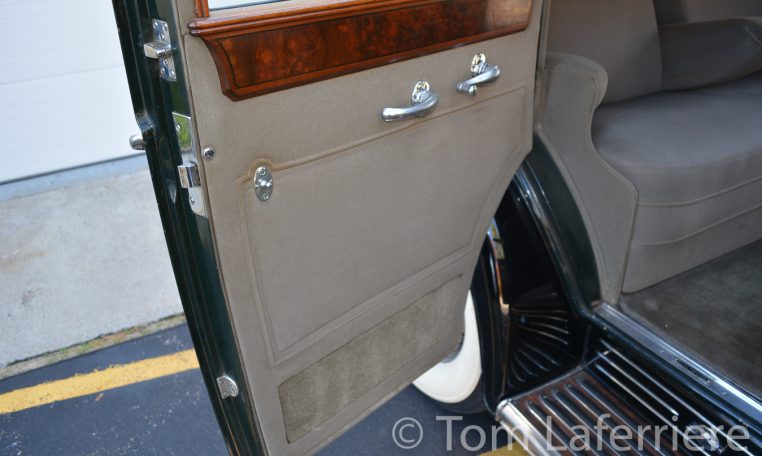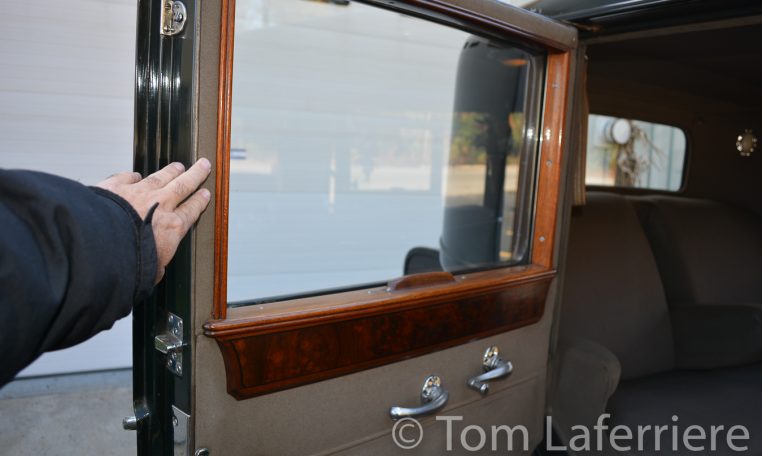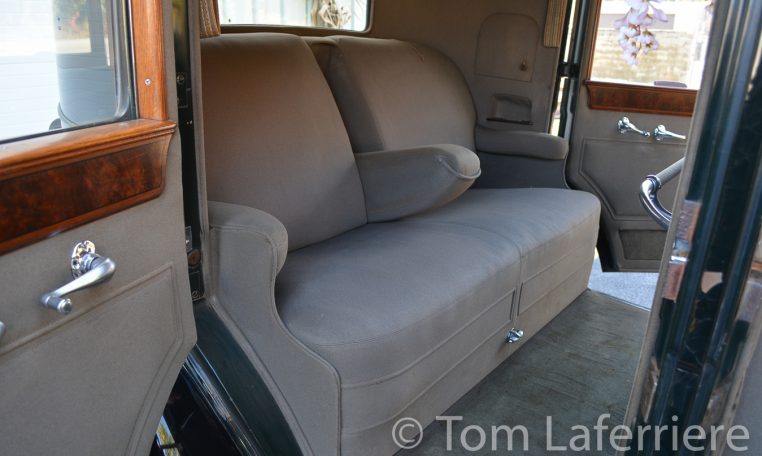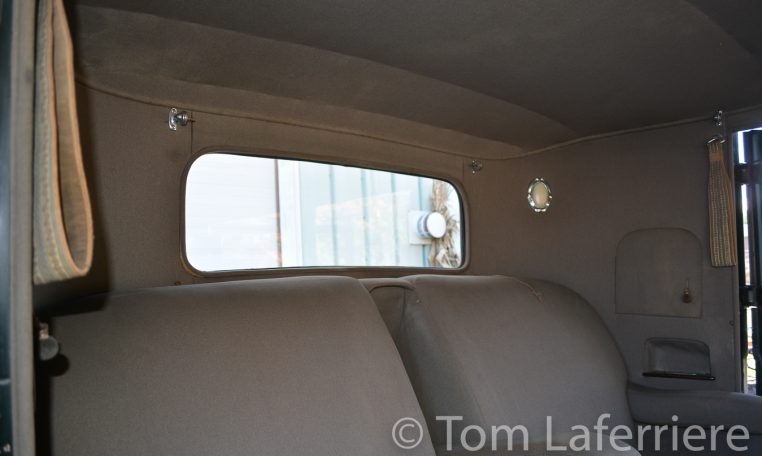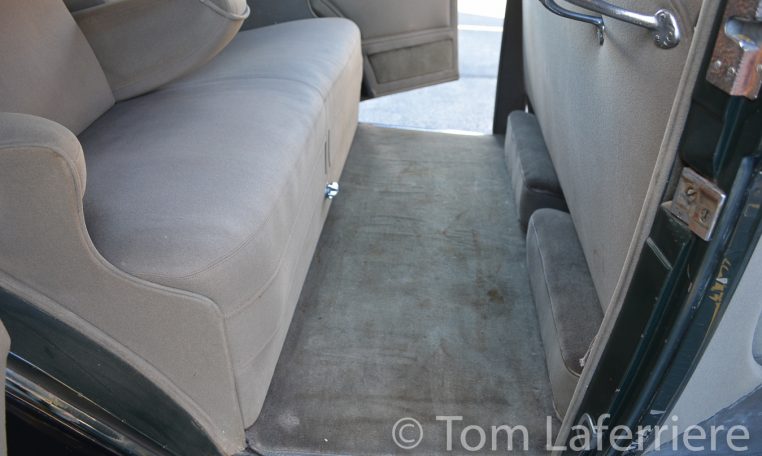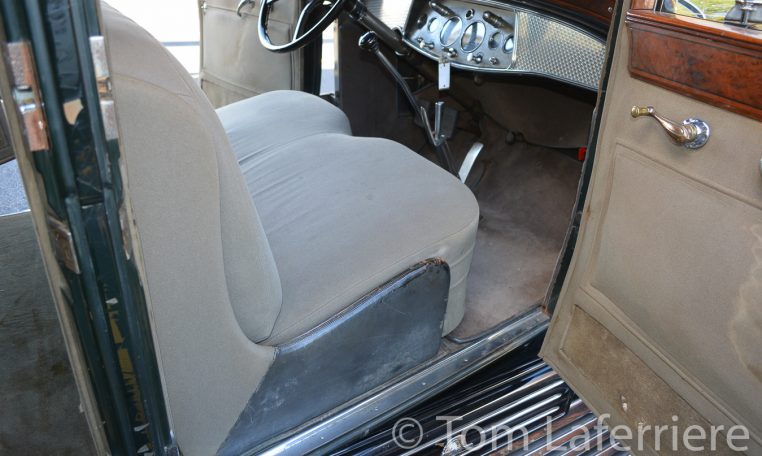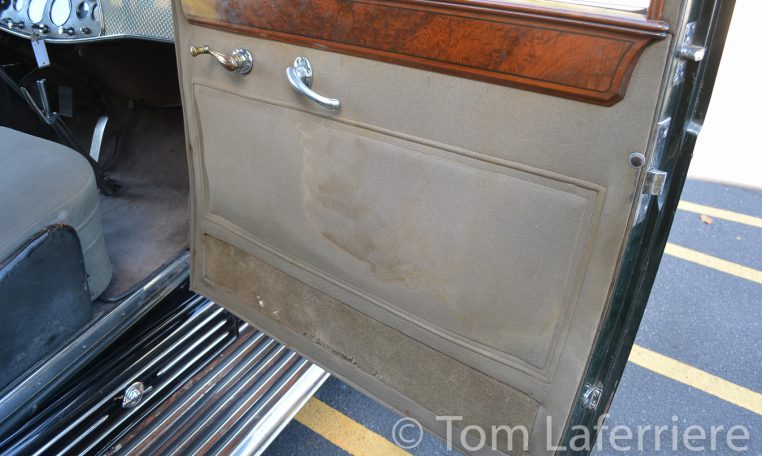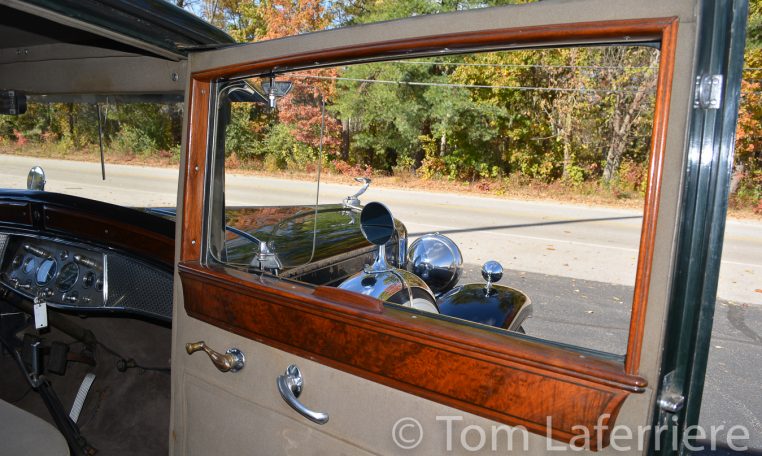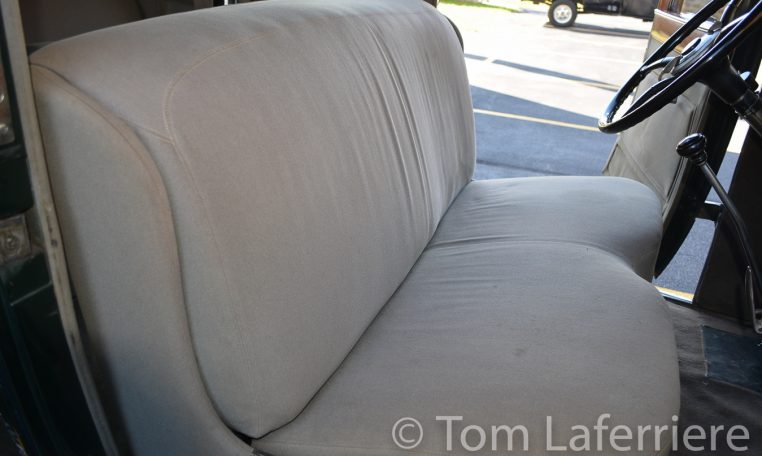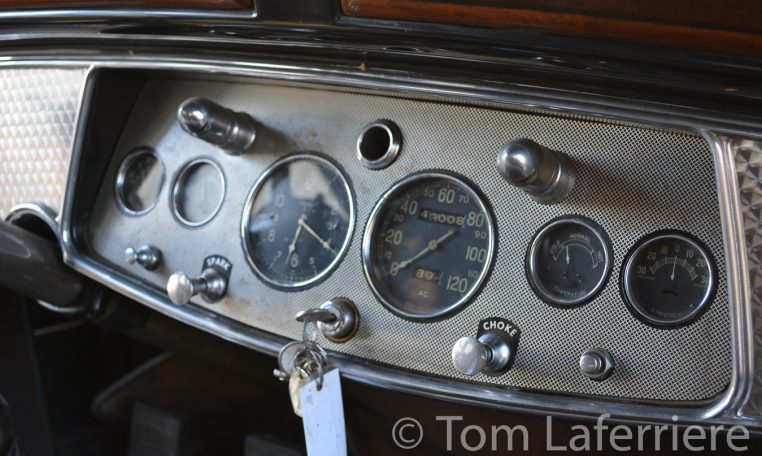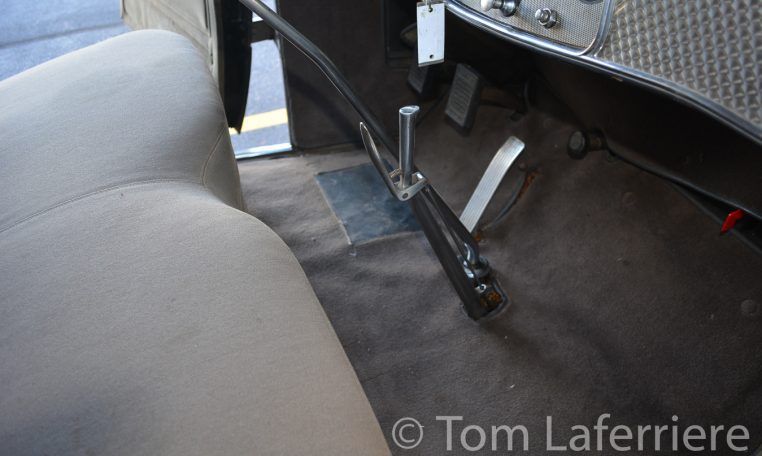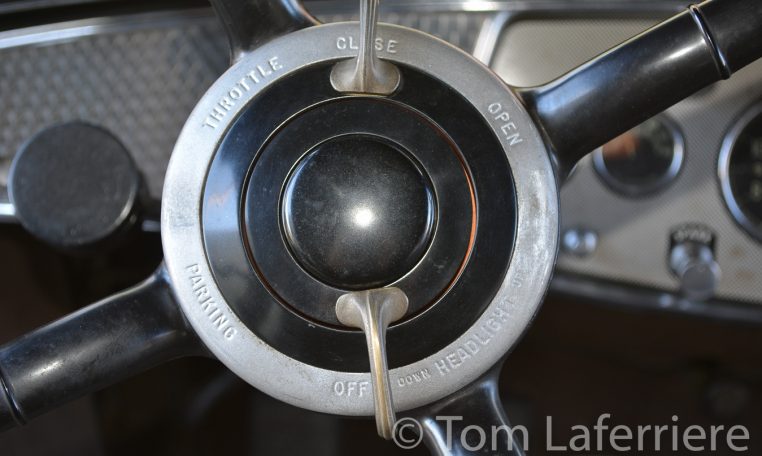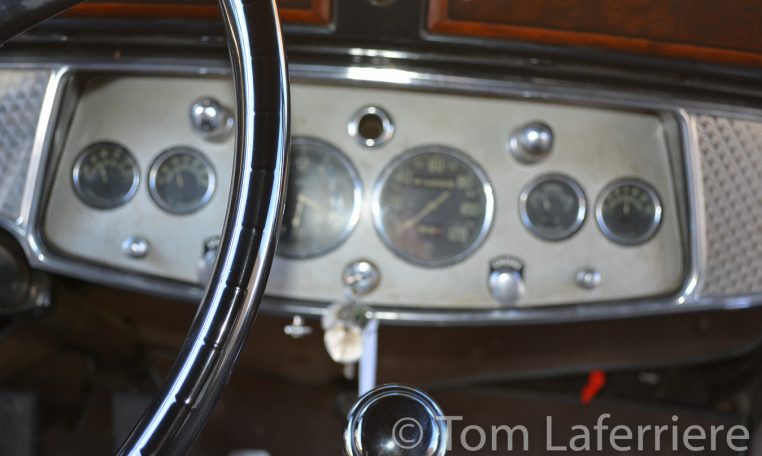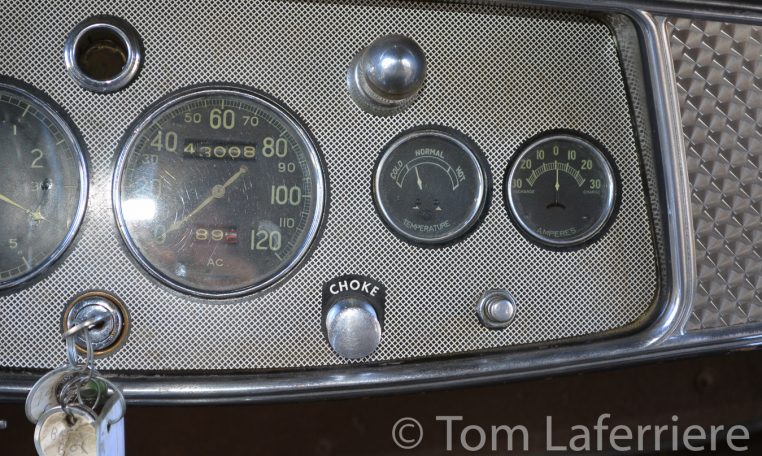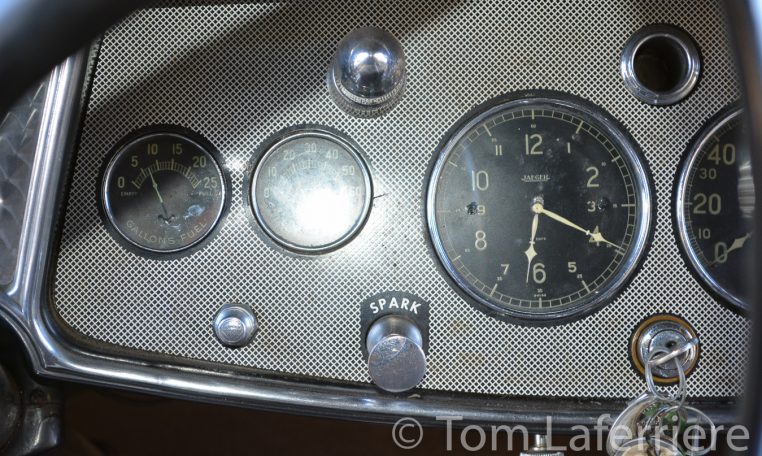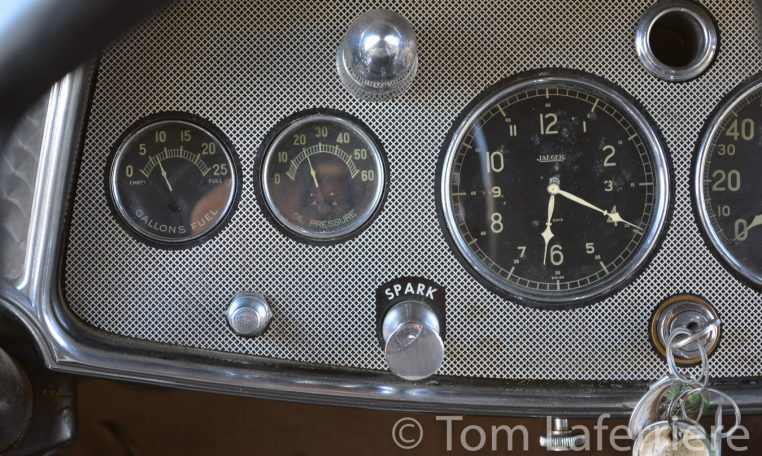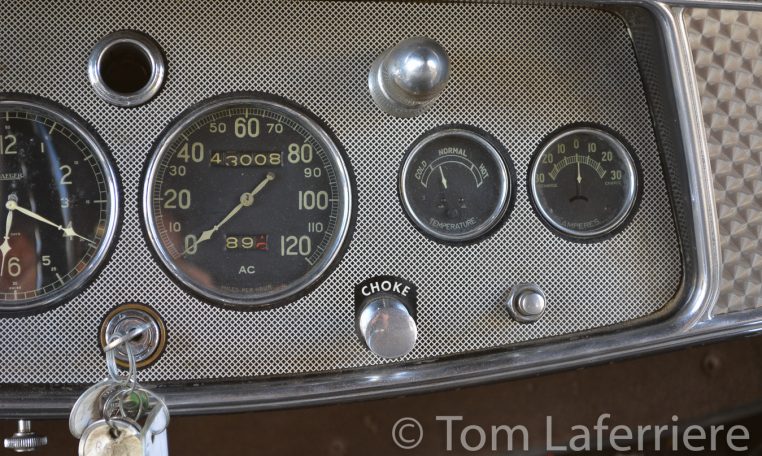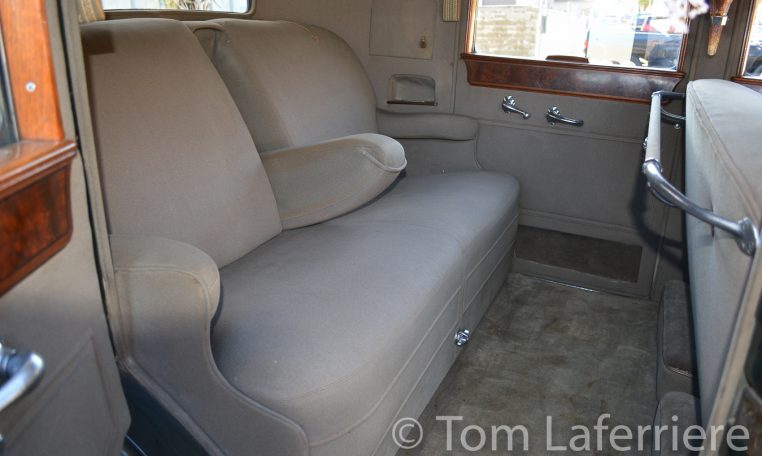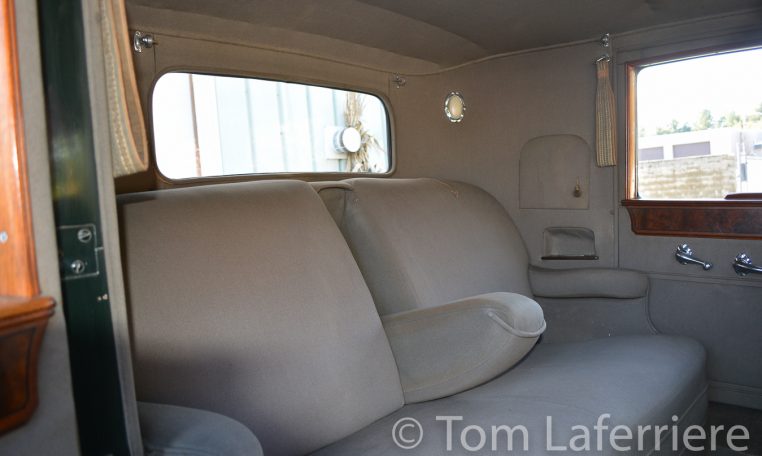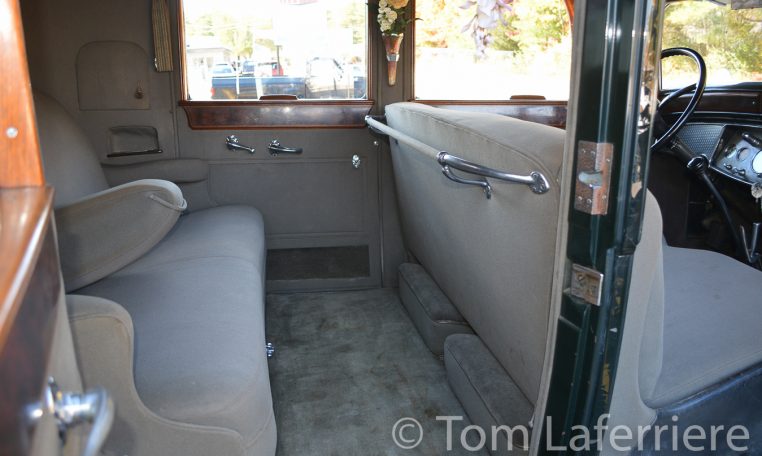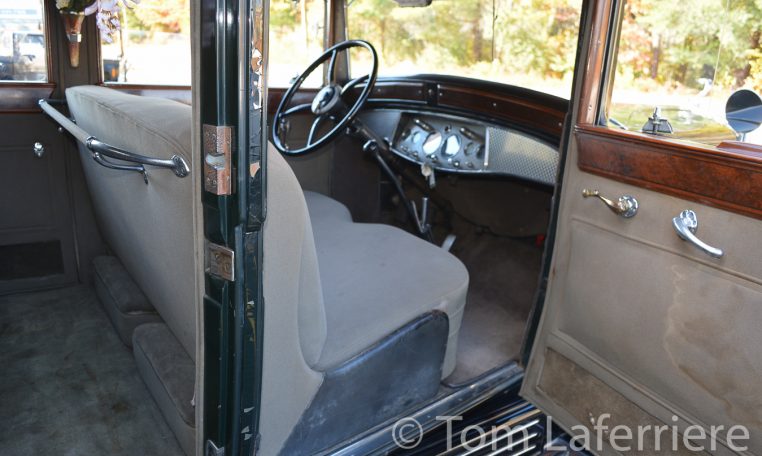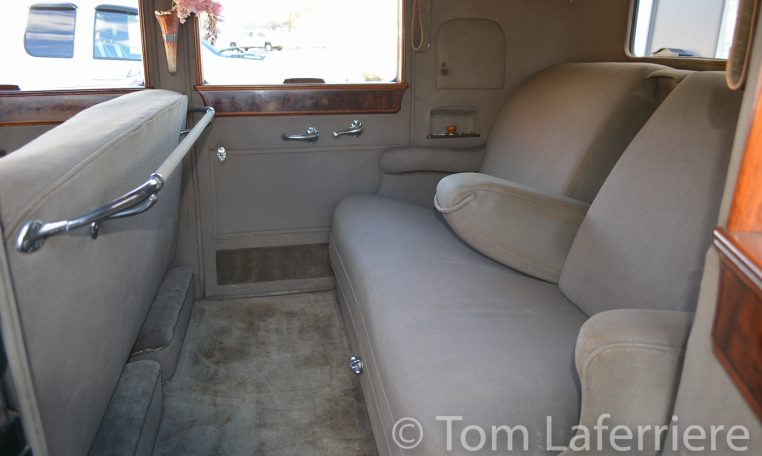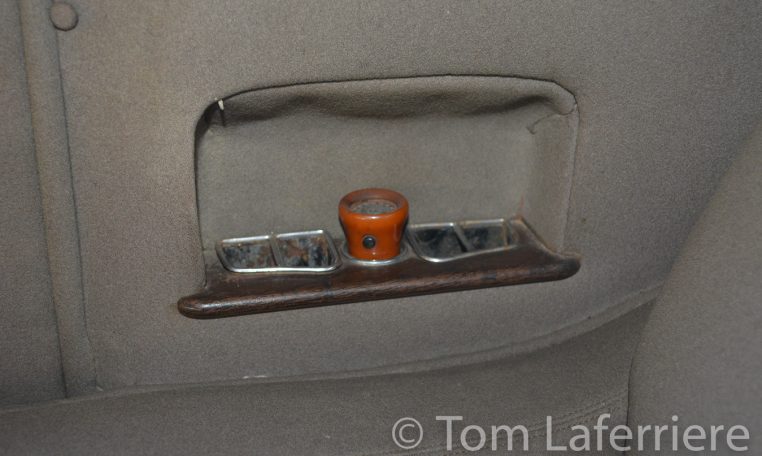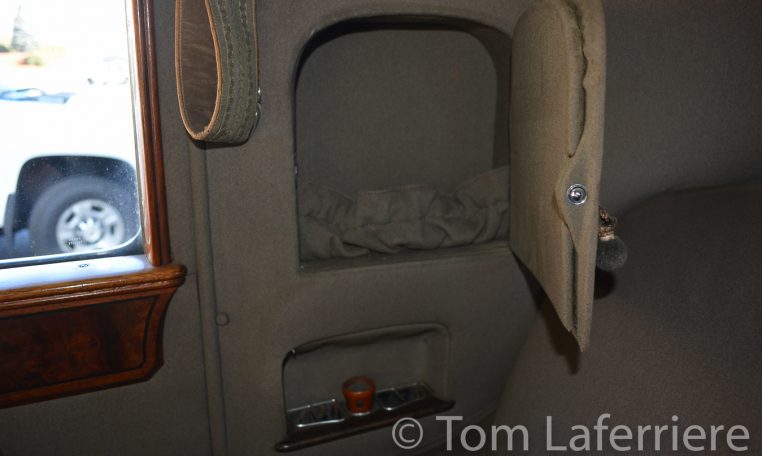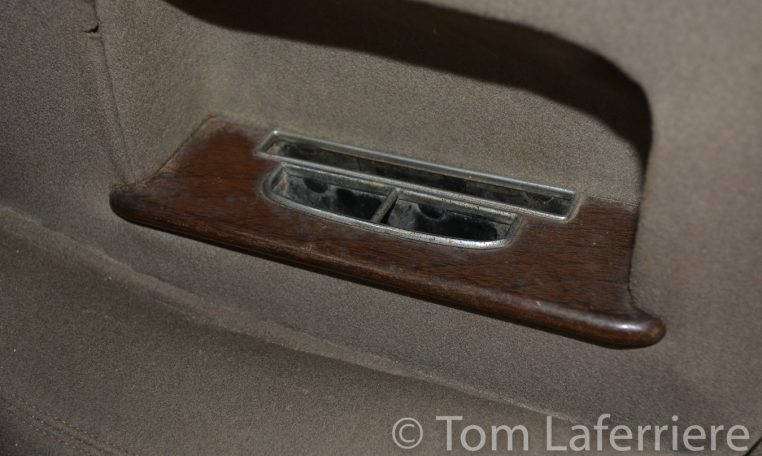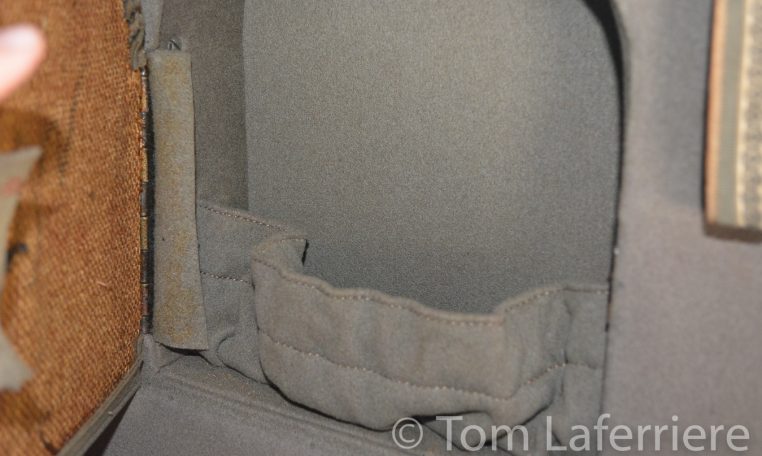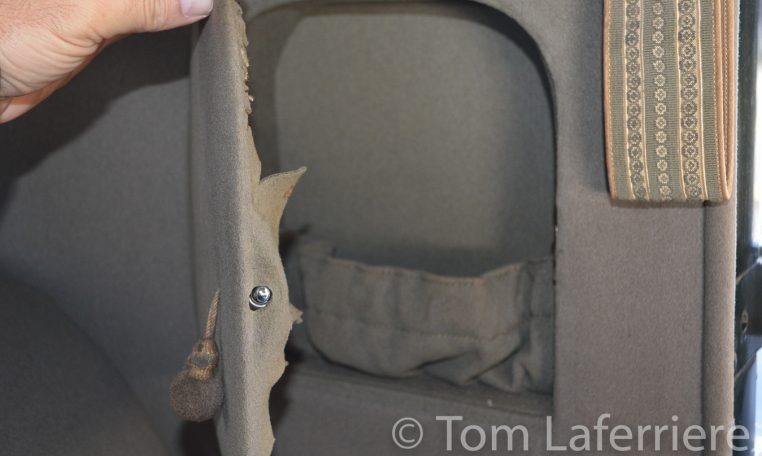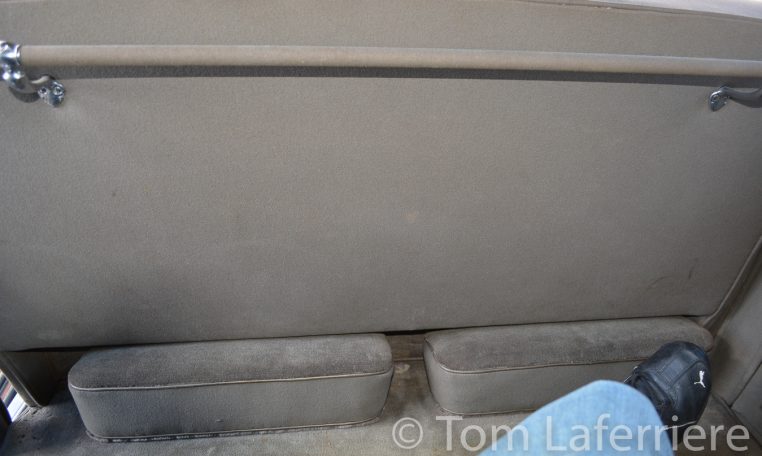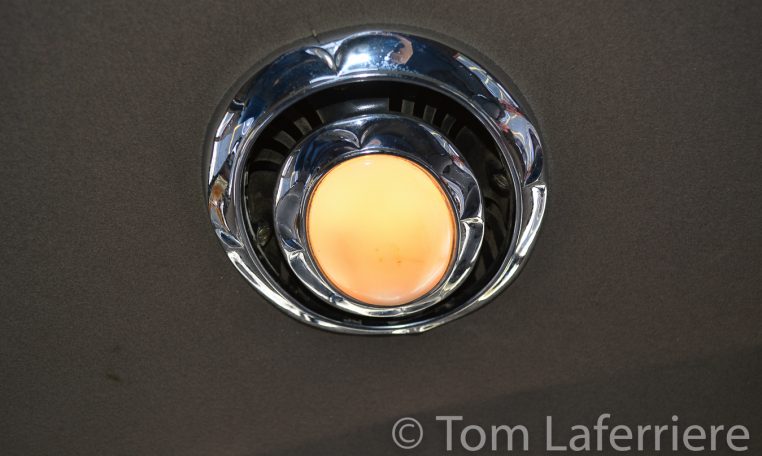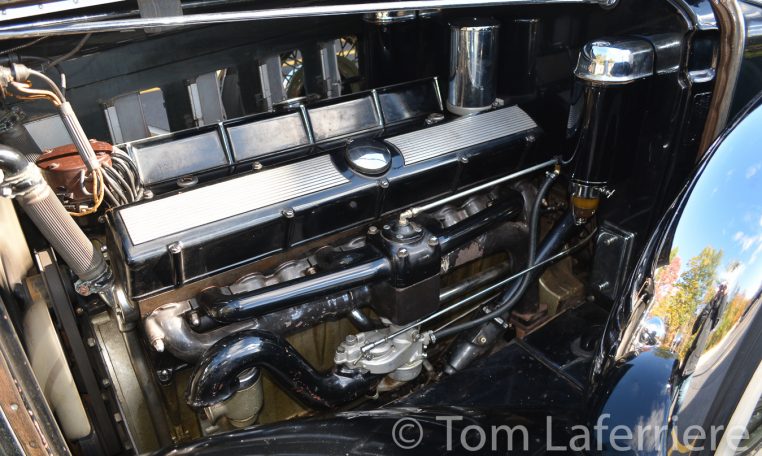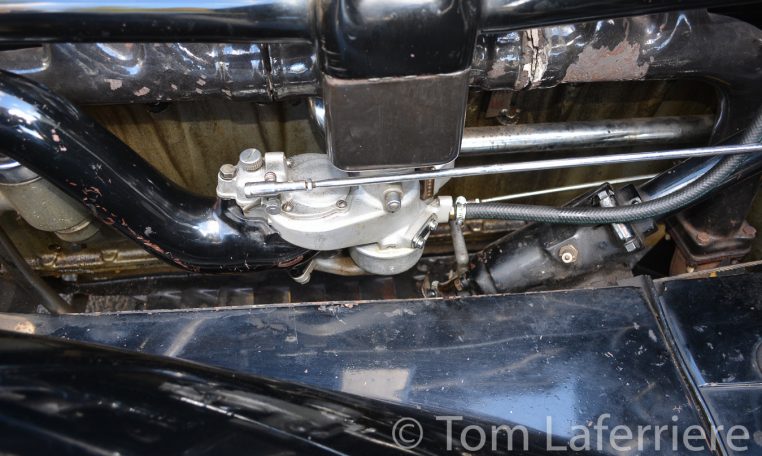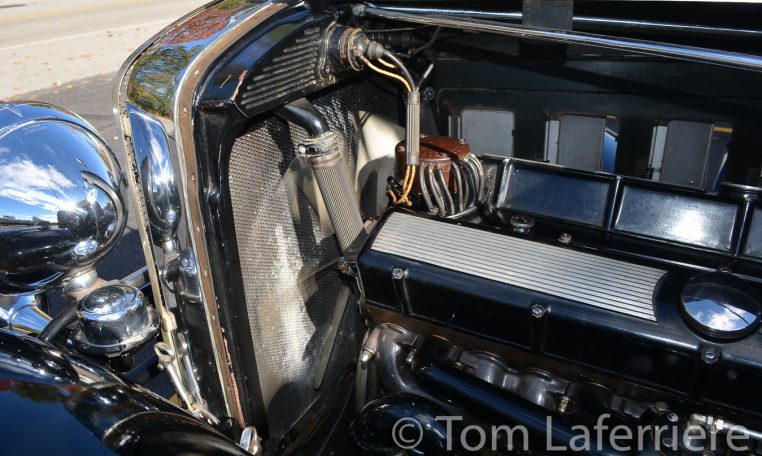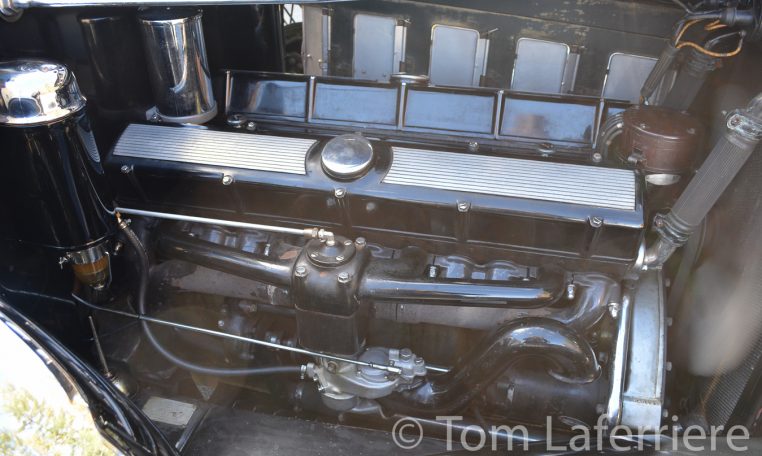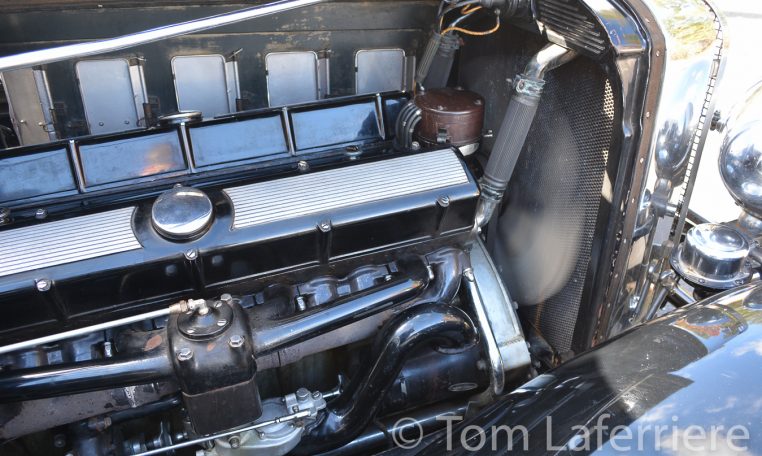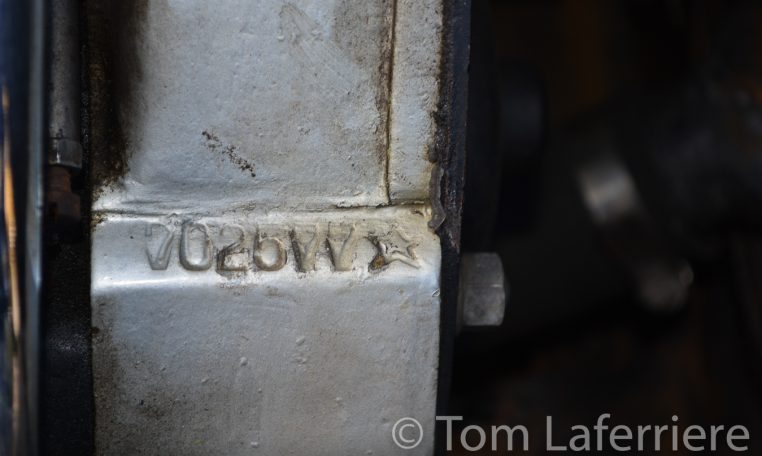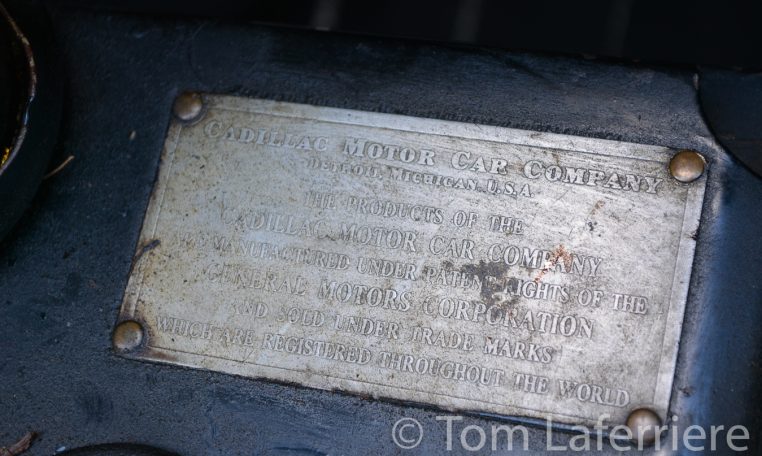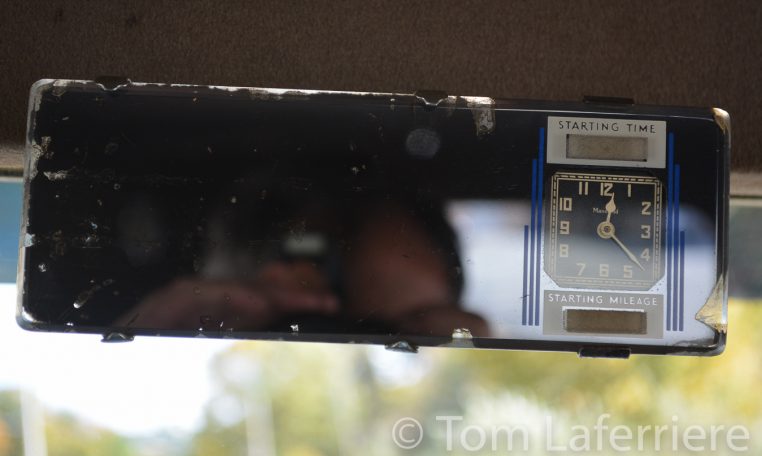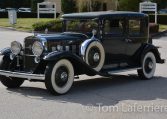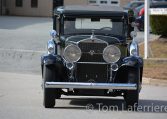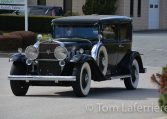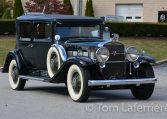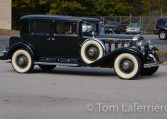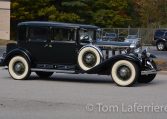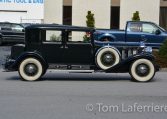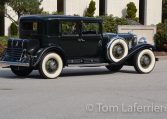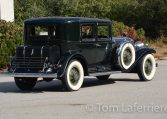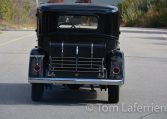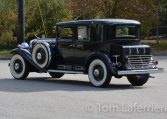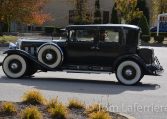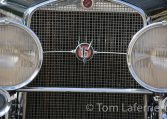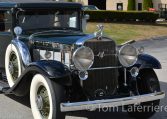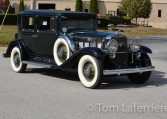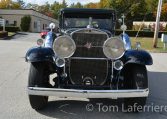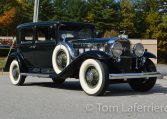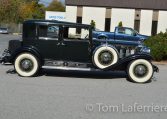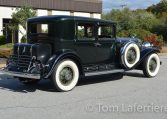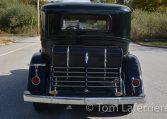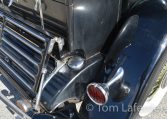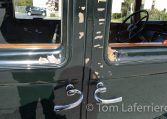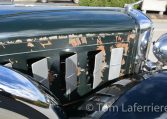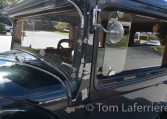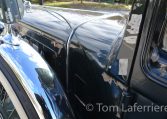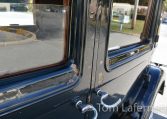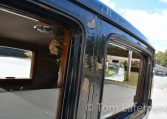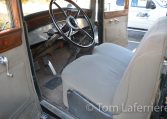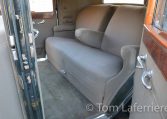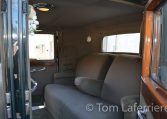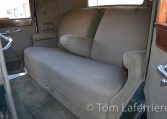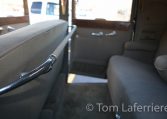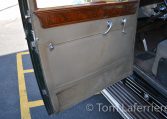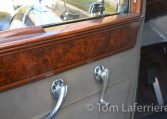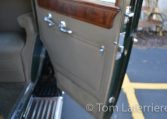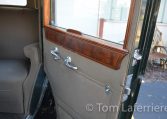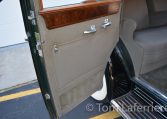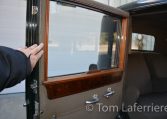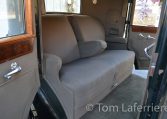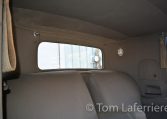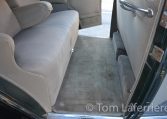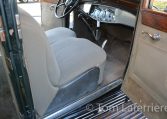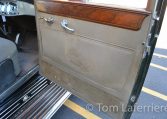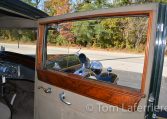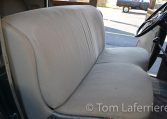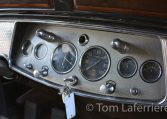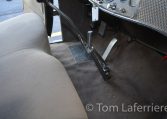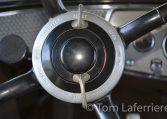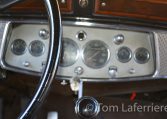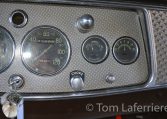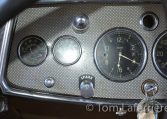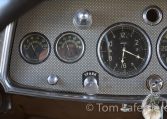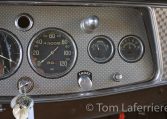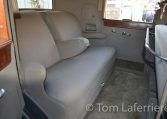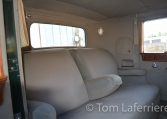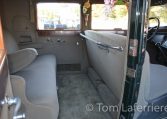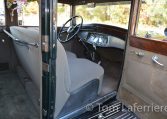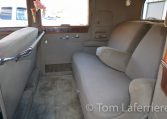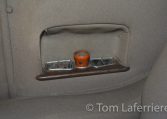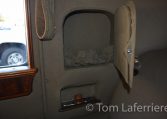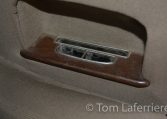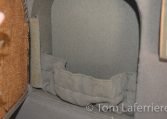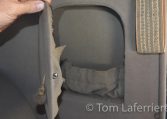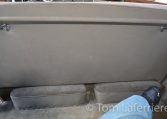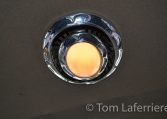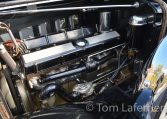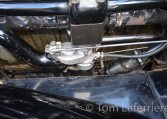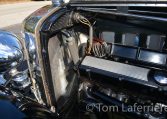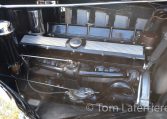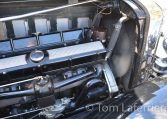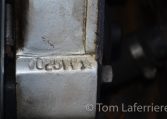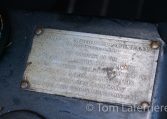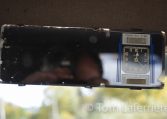1930 Cadillac V-16 Model 452 Club Sedan
Unrestored original1930 Cadillac Sixteen Club Sedan
Chassis No. 702577
Body Style 4361S
Body No. 248
160 bhp, 452 cu.in. ohv V-16 engine, three-speed manual transmission, solid front axle and live rear axle with semi-elliptic leaf springs, and four-wheel mechanical drum brakes. Wheelbase: 148 in.
In retrospect it seems mad to have introduced an all-new sixteen-cylinder luxury car just as the nation sank into depression, but in January 1930 the aftermath of the 1929 stock market crash was not anticipated, nor were its lingering effects foreseen. In any case, Cadillac had been working on the project for some time, and was intent on reaching the market before Howard Marmon had his own sixteen in dealer showrooms.
In the latter, Cadillac succeeded, as the new car, with the world’s first production V-16, bowed on January 4, 1930, at the National Automobile Show at New York’s Grand Central Palace. The late historian Griffith Borgeson recalled: “It really made history and it made Cadillac, beyond all discussion, the absolute world leader in motoring magnificence…It was the super engine that set the whole exercise apart.”
The brain behind this powerplant was Owen Nacker, an industry veteran who had worked on Marmon’s long-simmering V-16. Nacker’s first Cadillac project was the V8 for companion make LaSalle in 1927; shortly thereafter he was working on Cadillac’s V-16.
Nacker ignored much of Cadillac tradition. The new engine was had overhead valves, which Cadillac had never used. Overhead valves were noisy, but Nacker adopted a new hydraulic lifter setup developed by GM engineering, effectively providing zero-lash operation. Overhead valves allowed moving the exhaust manifolds to the outside, important because the narrow 45-degree vee left little room in the center.
The large aluminum crankcase held five main bearings and the crankshaft was counterweighted and fitted with a vibration dampener. The timing chain also drove the generator. The two cylinder blocks had cast nickel-iron liners extending down into the crankcase. The heads were cast iron. The central camshaft, with roller-type followers, worked tubular pushrods, which in turn drove short rocker arms. The new zero-lash hydraulic lifters made it all very silent.
The new sixteen was, in effect, two engines sharing a crankcase and crankshaft. Each block had a complete fuel system, including carburetor and vacuum tank, and its own exhaust. There was one distributor with two coils, which were recessed into the radiator’s header tank. The engine’s power pulses, which occurred every 45 degrees of rotation, overlapped to produce incredible smoothness. Brake horsepower was initially 160; eventually rising to 185, and it produced 300 pound-feet of torque at idle.
The engine was not only an engineering masterpiece, it was a work of art, claimed to be the first powerplant that was truly styled. Wood and clay models were made of the engine as development progressed, and studied for simplicity and appearance, as well as serviceability. All wiring and hoses were concealed to the extent possible, hidden behind covers or in raceways. Viewed from outside the engine compartment there was no clutter whatsoever.
There were lots of bodies from which to choose, 54 in the catalog, from roadster to town car, all from Fleetwood. Some were built in Fleetwood’s original facility in Pennsylvania, others at the new Detroit plant. Many of them did triple duty, available also in the V-12 and V-8 lines. In September, Cadillac introduced a twelve-cylinder version of the engine by simply removing the end cylinders on each bank. The Sixteen’s wheelbase was a vast 148 inches; by 1934 it would grow to 154, the longest of any American car. A few chassis were bodied by outside coachbuilders, such as Murphy, but not many.
After the V-16 had made the circuit tour of US shows, a trio of cars was sent abroad to Europe, where they were enthusiastically received. This was also true at home, for 2,887 found customers by the end of the year.
According to research by Cadillac Sixteen authority Chris Cummings, this Club Sedan was “shipped to the factory,” company shorthand for a company-owned dealership or a car for executive use, on August 12, 1930. On January 16, 1931, however, it was “returned for credit,” and on January 23rd sent to General Motors of Canada at Oshawa, Ontario. The order specifies it was shipped again, on January 31st, to be delivered to the customer, a Mr. Collacutt, at Walkerville, Ontario, a suburb of Windsor. Mr. Collacutt apparently had specific tastes, as the build sheet instructs “ReDuco entire upper and lower panels as specified,” which refers to the Brewster Green Medium color appearing on the order. “Duco” was the trademark for DuPont’s nitrocellulose lacquer, so in effect the car was repainted. The order further specifies a black roof, fenders and wire wheels. Sidemount fender wells were specified, and six blackwall tires.
It is not known how long Mr. Collacutt kept the car, but by 1952 it was owned by Murray Dalglish of Sudbury, Ontario. Dalglish had been told by the previous owner that it had been the personal car of Col. R.S. “Sam” McLaughlin, president of GM Canada, but there is no documentation for this.
After two more Canadian owners, it was sold the McGowan brothers of Branford, Connecticut. The brothers, Frank, Bob, Dennis and Jack, comprised an Irish folk music group, the Fabulous Farquahrs, that became popular in New England in the 1960s. Already active in classic car circles, when the popularity of folk music waned they formed an automobile restoration business, C. Farquahr Company.
The McGowans sold the Cadillac to Dick Garrett in Houston. Garrett advertised it in the CCCA Bulletin in 1984, and sold it to Edward Perkins of Guilford, Connecticut. Perkins traded it to Charlie Harper of Meredith, New Hampshire, the following year. Brian Keating of Plainfield, New Hampshire, became the owner, recommissioning it after a decade’s disuse and selling it to Bill Hill of Temperance, Michigan. It was next sold at auction in September 2011. The current owner purchased it in 2012.
The Brewster Green paint presents well, although some of it has flaked off. Otherwise it’s original, including the upholstery. The interior, in Wiese 3363 dark taupe, shows some use but is in remarkable condition. The instrument panel is similarly appointed, the odometer showing barely 43,000 miles. The car runs and drives well. All components on Build Sheet Match. 702577 Cadillac Build Sheet
- There are no features available
This automobile has been sold, thank you for your business!
